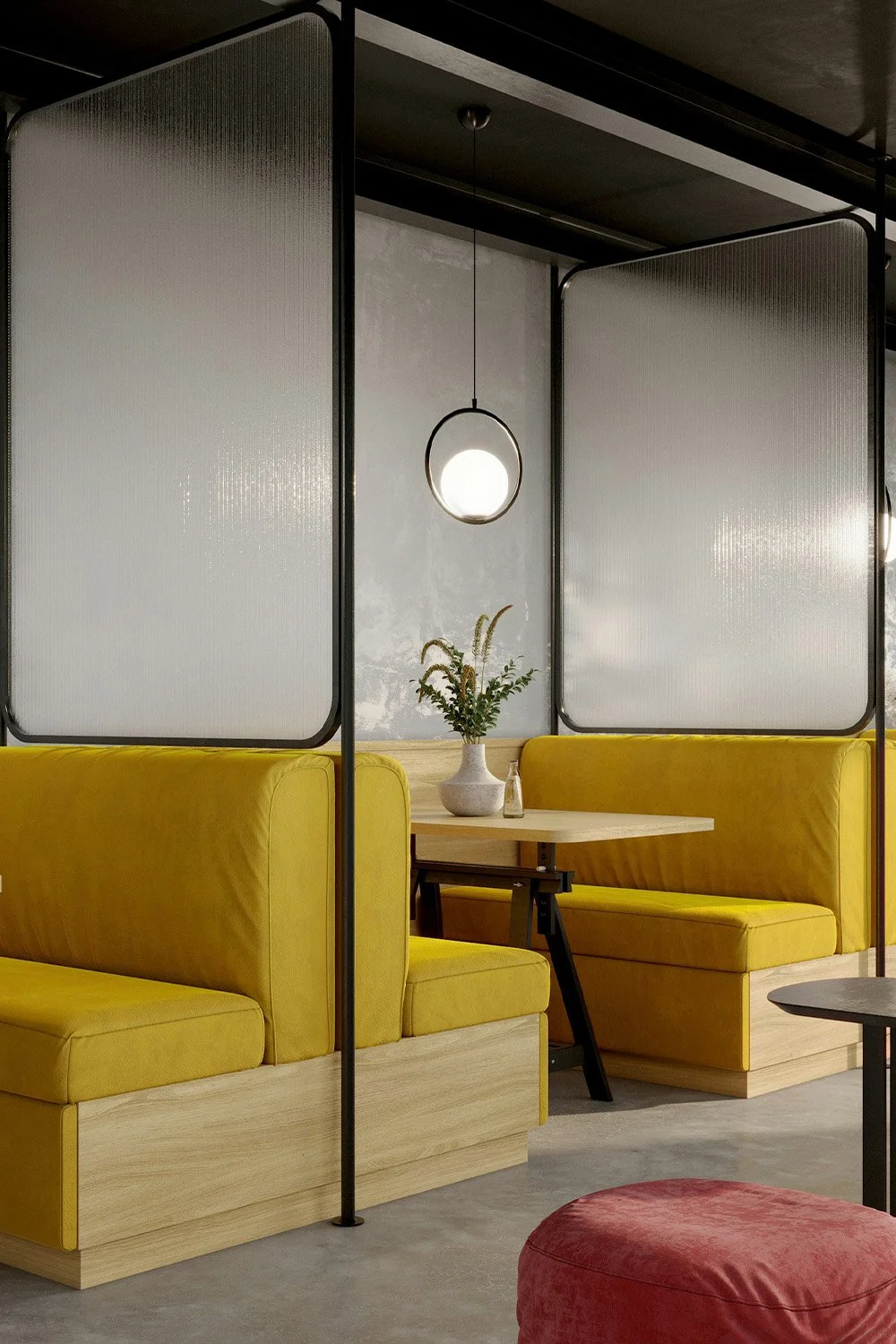Connecting with Nature: Exploring Biophilic Design Theory in Interior Design
Photo by Sherzod Gulomov on Unsplash
This blog post contains affiliate links. For more information please visit our disclaimer page.
In recent years, the concept of biophilic design has gained significant traction in the world of interior design. Biophilia, meaning the love of nature, seeks to integrate natural elements into the built environment, fostering a stronger connection between humans and the natural world. This design theory has been increasingly embraced for its potential to enhance well-being, productivity, and overall quality of life.
Elements of Biophilic Design
Biophilic design incorporates various elements inspired by nature to create spaces that are both aesthetically pleasing and functionally beneficial. This can include the use of natural light, ventilation, greenery, water features, organic shapes, and natural materials such as wood and stone. By incorporating these elements, designers aim to evoke the essence of the outdoors within interior spaces, ultimately promoting a sense of calm and rejuvenation.
Photo by Alberto Castillo Q. on Unsplash
Impacts on Well-being
Numerous studies have shown that exposure to nature and natural elements can have profound effects on human well-being. Biophilic design aims to harness these benefits by creating environments that reduce stress, enhance creativity, and improve cognitive function. For instance, the presence of indoor plants has been associated with improved air quality and a sense of tranquility, while natural light has been linked to better mood regulation and increased productivity.
Photo by Sherzod Gulomov on Unsplash
Applications in Residential and Commercial Spaces
The principles of biophilic design can be applied to a wide range of settings, including homes, offices, retail spaces, and hospitality venues. In residential settings, integrating natural elements can create a soothing atmosphere and promote a sense of harmony. In commercial spaces, biophilic design can contribute to employee satisfaction, customer engagement, and overall brand perception.
Challenges and Opportunities
While the benefits of biophilic design are compelling, there are challenges to its widespread implementation, including cost, maintenance, and potential limitations in certain urban environments. However, with an increasing emphasis on sustainability and wellness, there are also abundant opportunities for designers and architects to explore innovative ways to integrate biophilia into their projects.
The Future of Biophilic Design
As the understanding of the link between human well-being and the natural environment continues to deepen, biophilic design is poised to play an increasingly pivotal role in shaping interior spaces. By embracing this holistic approach to design, we have the potential to create environments that not only reflect our innate connection to nature but also contribute to a healthier and more harmonious way of life.
Photo by Amanda Marie on Unsplash
Biophilic design represents an exciting frontier in the realm of interior design, offering a blueprint for creating spaces that resonate with our fundamental need for nature. From residential sanctuaries to bustling commercial hubs, the integration of biophilic elements can elevate the human experience, bringing the restorative power of nature indoors.
MORE ON BIOPHILIC DESIGN:
MORE BLOG POSTS ON INTERIOR DESIGN THEORY:











